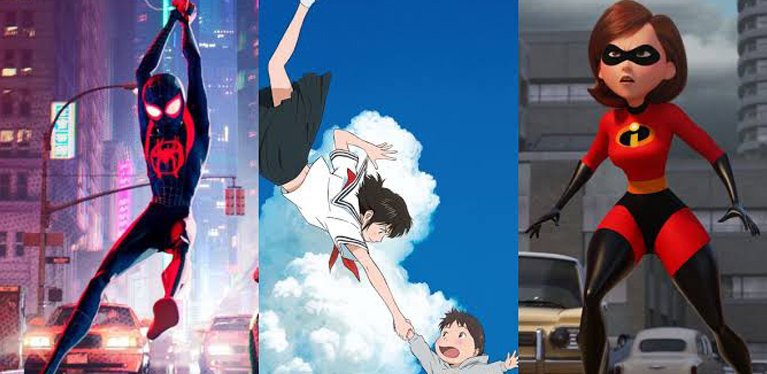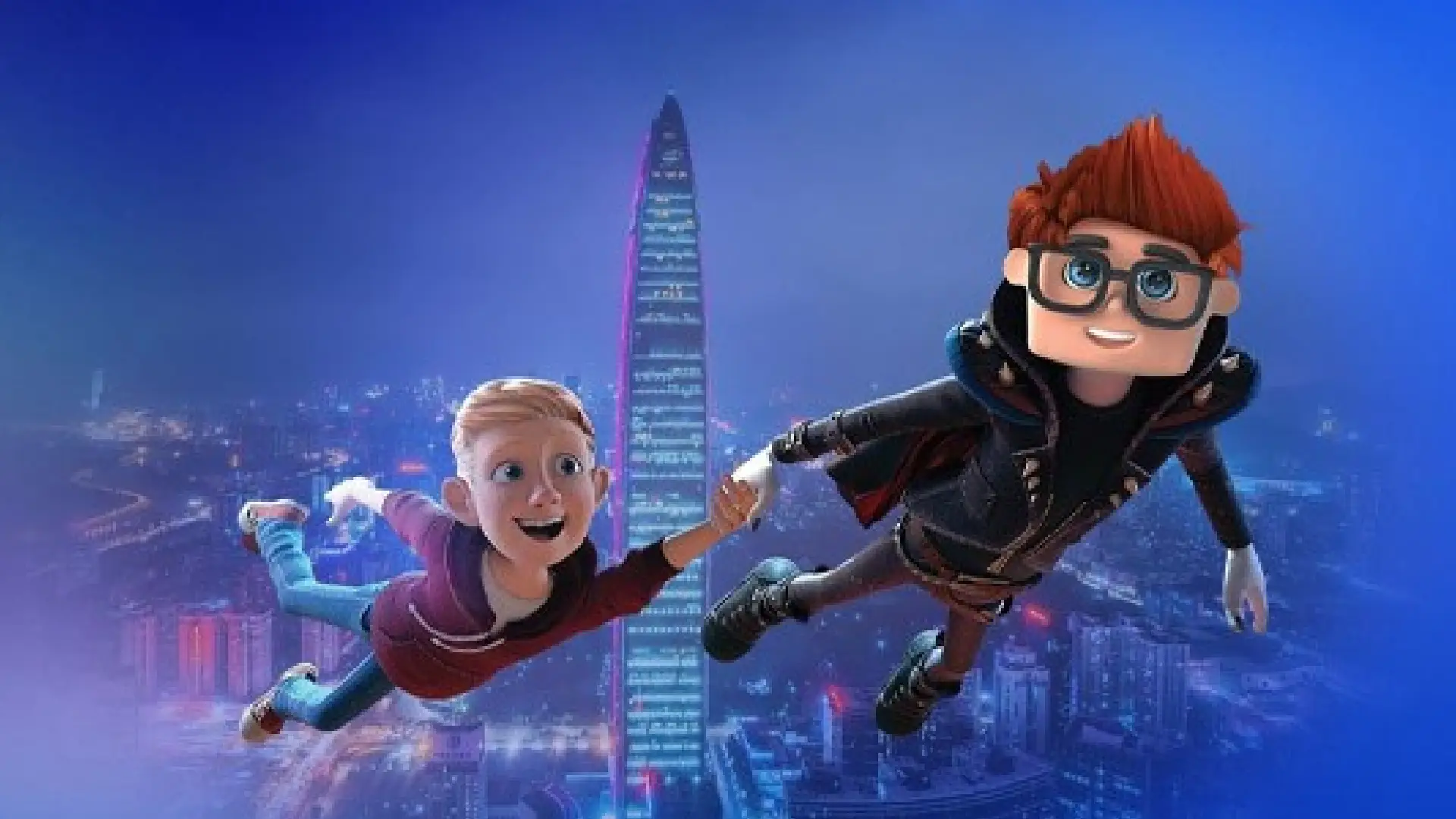The Future of Animation and VFX in Indian Movies
The landscape of Indian cinema is continuously evolving, with animation and visual effects (VFX) playing an increasingly pivotal role. As technology advances, the future of animation and VFX in Indian movies promises to bring new dimensions to storytelling, visual aesthetics, and audience engagement. This article explores the future of animation and VFX in Indian cinema, highlighting emerging trends, technological advancements, and their potential impact on the industry.
Current State of Animation and VFX in Indian Cinema
Recent Developments
In recent years, Indian cinema has witnessed significant growth in the use of animation and VFX. Films across various genres have incorporated advanced visual effects to enhance storytelling and create immersive experiences.

Notable Examples:
- “Baahubali” Series (2015, 2017): Directed by S.S. Rajamouli, these films are renowned for their extensive use of VFX to create epic battle scenes and fantasy worlds.
- “The Lion King” (2019): The live-action adaptation of Disney’s classic featured impressive VFX, showcasing the global collaboration in visual effects.
Technological Advancements
Technological advancements have revolutionized the way animation and VFX are used in Indian cinema. From improved CGI to sophisticated motion capture techniques, these innovations have expanded creative possibilities for filmmakers.
Key Technologies:
- CGI (Computer-Generated Imagery): Enables the creation of realistic visual effects and digital characters.
- Motion Capture: Allows for the realistic portrayal of actors’ movements in animated characters.
- Virtual Reality (VR) and Augmented Reality (AR): Emerging technologies that offer new ways to experience films and engage audiences.
Emerging Trends in Animation and VFX
Integration of Artificial Intelligence
Artificial Intelligence (AI) is set to play a transformative role in animation and VFX. AI-driven tools can automate complex processes, enhance realism, and streamline production workflows.
Applications of AI:
- Automated Animation: AI can generate realistic animations and streamline the creation of complex scenes.
- Real-time VFX: AI tools can provide real-time visual effects adjustments, improving efficiency and creativity.
Growth of Virtual Production
Virtual production combines physical and digital elements to create immersive environments and dynamic scenes. This trend is expected to grow, offering filmmakers greater flexibility and control over their projects.
Virtual Production Techniques:
- LED Walls: Large LED screens create realistic backgrounds and environments for live-action and animated scenes.
- Pre-visualization: Enables filmmakers to plan and visualize scenes before actual production, reducing costs and enhancing creativity.
Rise of Independent Animation Studios
The rise of independent animation studios is contributing to the diversity and innovation in Indian animation. These studios are exploring unique styles and stories, pushing the boundaries of traditional animation.
Notable Studios:
- Vaibhav Studios: Known for its creative and culturally relevant animation projects.
- Graphiti Multimedia: Specializes in high-quality animation for various media, including films and television.
Impact on Storytelling and Audience Engagement
Enhanced Visual Storytelling
Advanced animation and VFX techniques enable filmmakers to tell stories in more visually compelling ways. They can create fantastical worlds, realistic simulations, and immersive experiences that captivate audiences.
Examples:
- Fantasy Worlds: Animation and VFX allow for the creation of imaginative settings and characters, enhancing fantasy and sci-fi genres.
- Historical Reconstructions: VFX can recreate historical events and settings with accuracy and detail.
Increased Audience Engagement
Interactive and immersive technologies like VR and AR are redefining audience engagement. These technologies offer new ways for viewers to experience films, interact with content, and participate in storytelling.
Interactive Experiences:
- VR Experiences: Allow audiences to explore virtual environments and interact with characters.
- AR Enhancements: Provide additional content and interactive elements through mobile devices and apps.
Challenges and Opportunities
Challenges
Despite the advancements, there are challenges in the animation and VFX industry that need addressing.
Key Challenges:
- High Costs: Advanced VFX and animation can be expensive, posing challenges for smaller productions.
- Skill Gaps: There is a need for skilled professionals who can navigate emerging technologies and techniques.
Opportunities
The future of animation and VFX in Indian cinema presents numerous opportunities for growth and innovation.
Key Opportunities:
- Global Collaboration: Collaborating with international studios and experts can enhance the quality and scope of Indian animation and VFX.
- Talent Development: Investing in training and development programs can build a skilled workforce and foster innovation in the industry.
Conclusion
The future of animation and VFX in Indian cinema is poised for exciting developments. As technology continues to advance, filmmakers will have new tools and techniques to create visually stunning and immersive experiences. From AI and virtual production to the rise of independent studios, these trends and innovations will shape the future of Indian cinema, offering new possibilities for storytelling and audience engagement.



